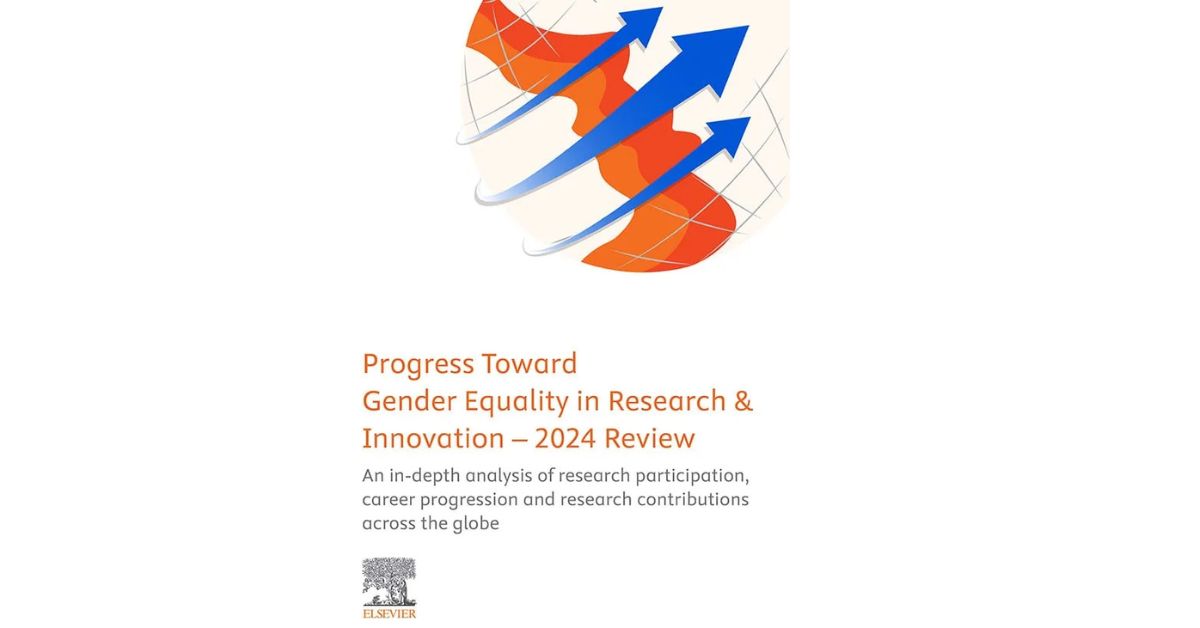This study identified key biochemical pathways and protein changes in the Alzheimer's disease (AD) human hippocampus, revealing increased expression of proteins VGF, GFAP, HSPB1, and APP, with UBC being most centrally involved, and highlighted the roles of four hub proteins (CD44, APP, ITGB2, APOE) linked to amyloid plaques and two (RPL24, RPS23) to neurofibrillary tangles, along with the impact of modified proteins on immune activation and synaptic disruption, uncovering potential therapeutic targets involving specific proteins, microRNAs, and transcription factors.
Recent research on Alzheimer's disease (AD) suggests that microglia, immune cells in the brain, may play a beneficial role in early disease stages but become harmful in later stages due to various spatial, temporal, and transcriptional factors. Understanding the phenotypic heterogeneity and multiple states of microglia could lead to advancements in personalized medicine and improved treatment outcomes for AD patients.
This article summarizes current biomarkers, available treatments, and future therapeutic approaches for Alzheimer's disease, discussing drug targets like Amyloid β, Tau Protein, and various other mechanisms. Additionally, it highlights the historical use of Estradiol, outcomes of trials with antioxidants and omega-3 fatty acids, and ongoing clinical trials, providing a comprehensive overview of the evolving landscape in AD research and treatment.
This study presents an optimized method for isolating specific neuronal and glial cell populations and extracellular vesicles (EVs) from postmortem Alzheimer's disease (AD) cortical samples, demonstrating the feasibility of using a single cryopreserved brain sample to obtain RNA-seq and protein-level data, thereby enhancing understanding of neuron/glial interactions and disease progression.
Neurological disorders affect approximately one billion people worldwide, with significant disability and mortality impacts, and this review explores how Heparan sulfate proteoglycans (HSPGs) promote Tau fibril formation and tangles in Alzheimer's disease, and the potential role of tunnelling nanotubes (TNTs) in the intercellular transport of Tau and Amyloid β proteins, suggesting that HSPGs may influence TNT formation in neurodegenerative conditions.
This study reveals that Dl-3-n-butylphthalide (NBP) improves learning deficits and reduces Aβ plaque deposition in Alzheimer's disease (AD) transgenic mice by enhancing microglial activation and phagocytosis of Aβ plaques. The therapeutic effects of NBP are linked to the AGE-RAGE signaling pathway, demonstrating its potential in alleviating cognitive impairment and neuroinflammation in AD.
Elsevier's 2024 Gender Equality Study Reveals 20 Years Of Progress, But Challenges Remain For Women in Research And Innovation
Until now, the absence of data on global building floorspace has impeded the measurement of building carbon intensity (carbon emissions per floorspace) and the identification of ways to achieve carbon neutrality for buildings. For this study, we develop a global building stock model (GLOBUS) to fill that data gap.
This Article supports SDG3 by evaluating sex and gender disparities in terms of risk factors, treatment uptake/completion, and virological outcomes for hepatitis C, finding differences between men and women in, for example, exposure to different risk factors and likelihood of commencing treatment. More attention is needed in research to these disparities and how they could be addressed
This research identifies optimal passive retrofitting methods, such as adding insulation, to enhance the resilience of residential buildings and protect vulnerable communities from the safety risks posed by climate change-driven extreme weather events. By increasing he time a building maintains a safe temperature without external power, this approach helps societies adapt to an already warming world while reducing the energy demand that contributes to further temperature increase.

